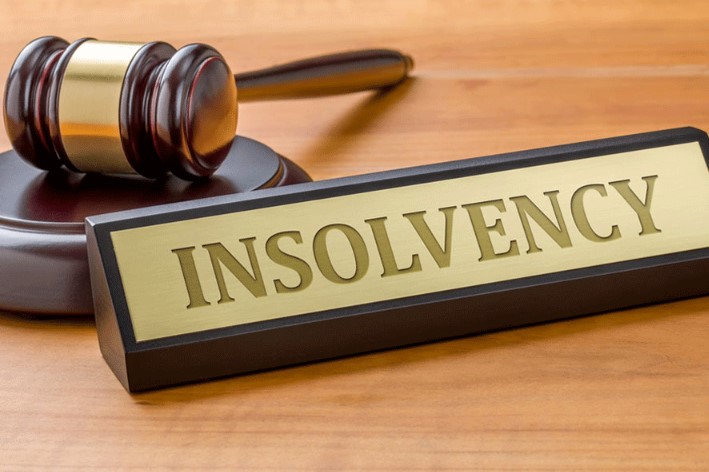Don’t Always Copy the Client and Other Email-Related Advice

I’ve created ahead of about the significance of communication—keeping your clientele knowledgeable is essential. But is it achievable to have much too a great deal of a superior factor? A modern ethics impression from the American Bar Association indicates it may be—with caveats.
E-mails and Consent
A single of the strategies that lawyers and other pros preserve shoppers in the loop is by copying them on email and other correspondence. This is a safe bet with composed letters—you can very easily cc and bcc clients by popping a duplicate of a letter or other documentation in the mail.
But in a far more paperless society, we depend on e-mail. And copying your customers on email messages can be complicated—especially with the “reply all” characteristic. A the latest ethics belief warns attorneys to pause ahead of copying clientele on e-mails or texts to opposing counsel given that the outcomes indicate consent to receiving a “reply all” response.
ABA Product Rule 4.2
Here’s why that matters. There is a rule—ABA Design Rule 4.2—called the “no-contact” rule. It states, in element, that “a law firm shall not talk about the subject of the illustration with a person the lawyer is aware of to be represented by yet another law firm in the matter unless the attorney has the consent of the other law firm or is authorized to do so by law or a courtroom purchase.”
In other words, an attorney cannot talk with a customer who is represented without prior consent. Consent has customarily been moderately express. For instance, I’ve represented purchasers where by we’ve presented permission for counsel to immediate selected deliverables to the client as a substitute of to my office for efficiency.
Formal View 503
But in Official View 503, the ABA Standing Committee on Ethics and Experienced Accountability will take the placement that consent might be implied—and sending an email or text to opposing counsel and copying the shopper does just that. The impression implies it is comparable to adding the customer to a video clip conference, phone phone, or meeting with opposing counsel.
The feeling also notes that “reply all” may be a default location for distinct mail platforms—those changes are straightforward to make in mail platforms these kinds of as Gmail and Outlook. And as much as many of us dread it, “reply all” responses have become the norm for some folks who use email.
All of this indicates, according to the feeling, that it is not not likely that e-mail and textual content correspondence from opposing counsel could be directed towards a represented customer. The impression states that the load of identifying consent and who could possibly be included in a reaction ought to not be on the receiver but on the sender. But there’s a distinction concerning those people communications and normal mail—there is no presumption of consent with regards to paper letters.
Any presumption of consent can be overridden by telling counsel in progress that there is no consent. And when it arrives to emails and texts, to avoid a most likely undesirable consequence, the ethics committee indicates that attorneys need to not copy the customer and should really individually ahead communications to customers.
I believe that’s superior information all the time. We know that the “reply all” button tends to be an accident waiting around to come about, even when not speaking with counsel. With that in head, here are a several other electronic mail tips to look at.
Be More Successful With Your Time
A current examine from Otter.ai and Steven G. Rogelberg, professor of organizational science, administration at UNC Charlotte, recommended that unneeded meetings have been costing companies time and funds. The survey identified that corporations waste about $25,000 for every personnel by scheduling unwanted meetings. And specialists devote more than 1-third of their functioning hours in meetings—even when they want to decline. If a meeting is simply just a forum to recap information or supply facts, take into account boiling it down to an e mail.
Use a Intelligent Subject matter Line
Not all e-mails are made equal. When I use filters to sort out the junk and the spam, my inbox is often overcrowded. A subject matter line that is small and to the level allows me establish the great importance and time sensitivity. The very same goes for opposing counsel and for clientele. And when you are operating on a individual matter, utilizing a clever subject line can assist you sort and file it for later on. Whichever you do, really don’t depart the topic line blank, as it may perhaps go straight to junk mail, and never use bewildering language that implies it is connected to something else. “Money matters” appears like spam, not a consumer information.
Preserve It Uncomplicated to Recognize
My time is worthwhile, and so is yours. Show respect for others’ time by preserving your electronic mail temporary and easy to read. Email messages to purchasers and advisers really should show up professional—use spaces amongst paragraphs and never ignore punctuation. I like to use bullet details to emphasize critical details, and I generally bold motion products to phone consideration to them. Lastly, really don’t neglect to spellcheck. There’s a large change concerning martial and marital, and sea sponge and sua sponte.
Ditch the Disclaimer
Attorneys, CPAs, and other tax and accounting professionals really like a very good disclaimer. The IRS utilized to require tax practitioners to alert clients about prepared advice linked to reliance or covered opinions—generally, a advice that a customer could possibly acquire on a tax issue. As a final result, lawyers and other tax industry experts, which include individuals who by no means issued tax tips, begun tacking Circular 230 disclaimers, these types of as the a single beneath, onto email messages. And people disclaimers acquired longer.
The IRS, performing on responses been given from practitioners, decided enough was sufficient. In 2014, the IRS built ultimate proposed Polices that eliminated section 10.35—the opinions clause—and replaced it with more realistic demands in part 10.37. The IRS pointed out that the alter meant Circular 230 disclaimers popping up on e-mails and other files could be eradicated.
Not everyone received the memo. In 2014, Karen Hawkins, then-acting director of the Place of work of Duty at the IRS, introduced that her office would ship letters asking practitioners to quit employing Round 230 disclaimers, stating the disclaimer is not needed. ”We do not need that language right after previous 7 days,” Hawkins discussed.
Eight many years later, we’re still viewing those disclaimers, some of which have include-ons consisting of many paragraphs. I assure that you can genuinely cease now.
Interaction is Key
It is critical to converse successfully with shoppers, colleagues, and, importantly, any opposing functions. But that doesn’t mean you ought to basically insert a “cc” or let all of your ideas tumble onto an electronic mail. Be considerate about your communications and address them with care. As the indicating goes, “Dance like no a single is seeing, but email like it may perhaps just one day be read through aloud in a deposition.”
This is a typical column from Kelly Phillips Erb, the Taxgirl. Erb features commentary on the most recent in tax news, tax regulation, and tax coverage. Appear for Erb’s column each and every 7 days from Bloomberg Tax and observe her on Twitter at @taxgirl.









